Margaret Mead in American Samoa
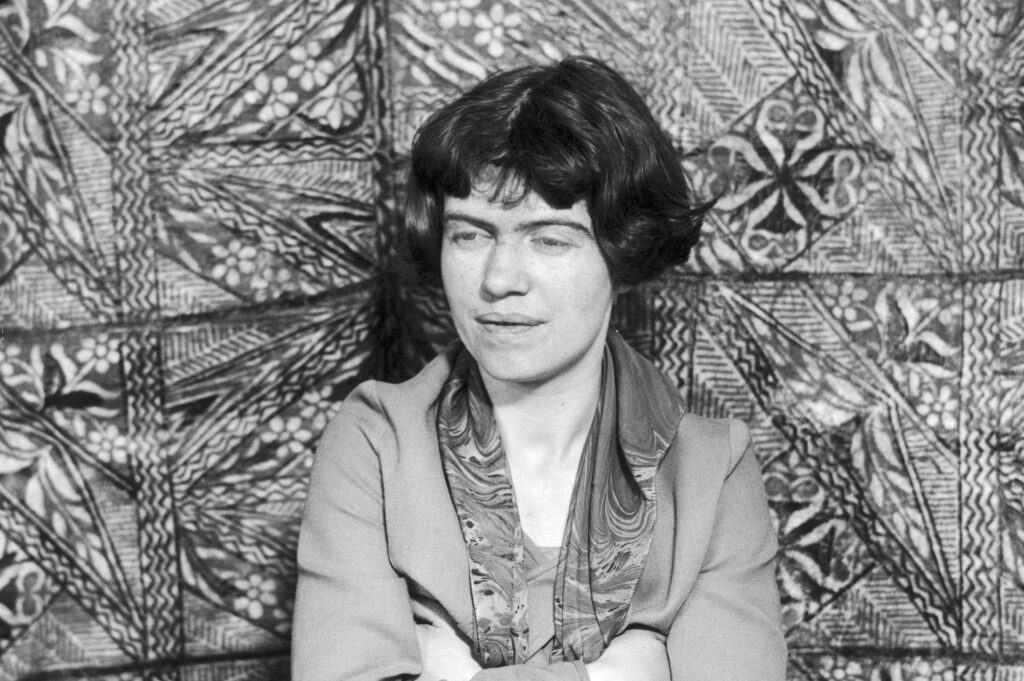
In this unit (to accompany SAPIENS podcast S6E1), students will be introduced to anthropology, focusing on the field in the early 20th century. Students will examine Margaret Mead as a historical figure, her work in American Samoa, and her impact on anthropology.
- Summarize the development of anthropology.
- Explore the significance of Margaret Mead’s work in American Samoa.
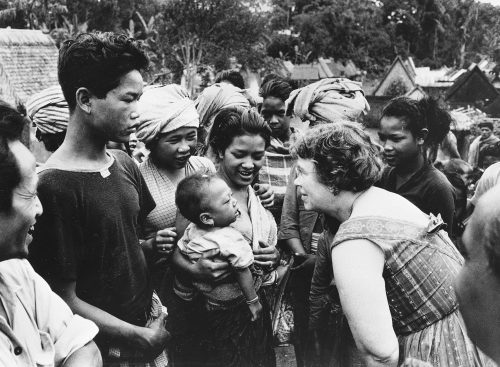
The Life and Meaning of Margaret Mead
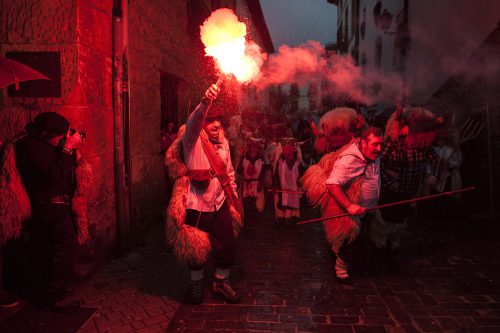
¿Qué hacen los antropólogos?

¿Es inevitable la guerra? Consideremos a los antiguos mayas

¿Qué es la antropología?
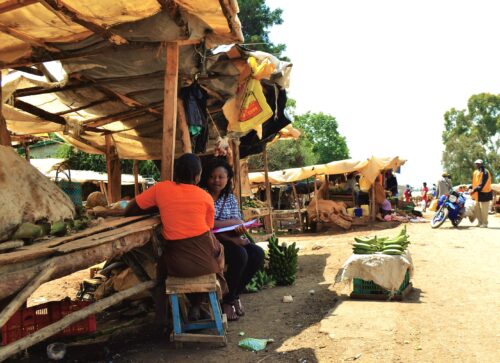
¿Qué es la antropología cultural?
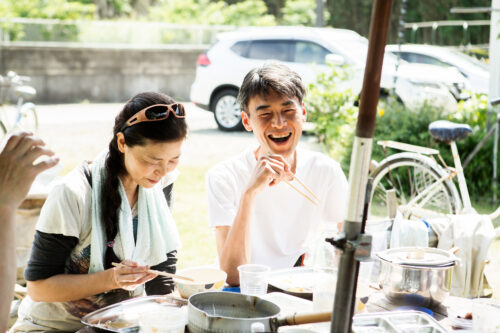
¿Qué es la antropología lingüística?
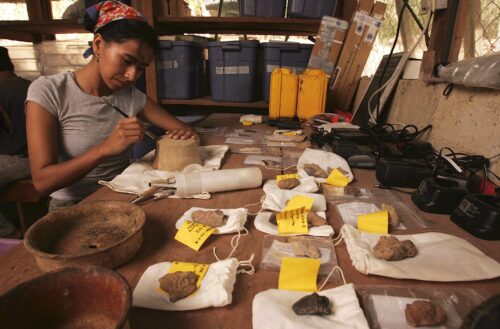
¿Qué hacen los arqueólogos?
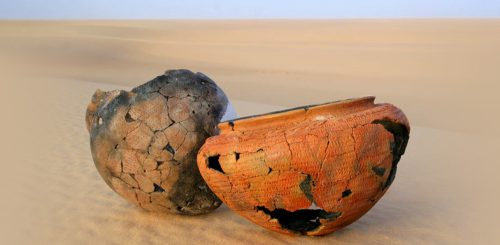
Cómo la cerámica ofrece una mirada a las antiguas costumbres alimentarias

¿Es inevitable la guerra? Consideremos a los antiguos mayas
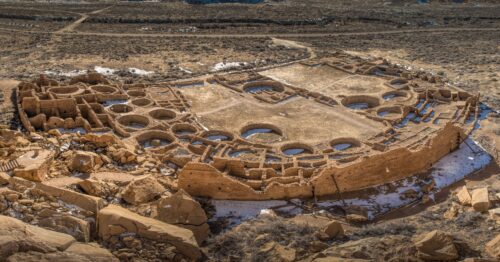
Navegando los dilemas éticos de la investigación del ADN humano antiguo

¿Qué hacen los arqueólogos?
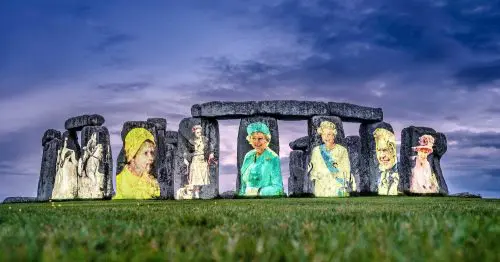
Dejen de proyectar el nacionalismo sobre Stonehenge
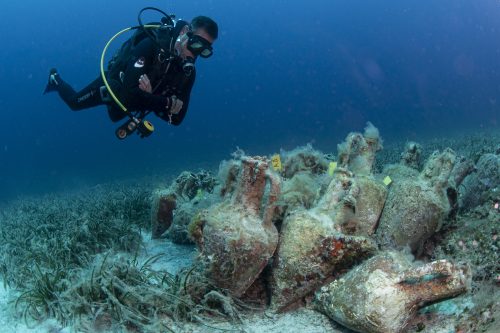
Cinco puntos de inflexión en la evolución del vino
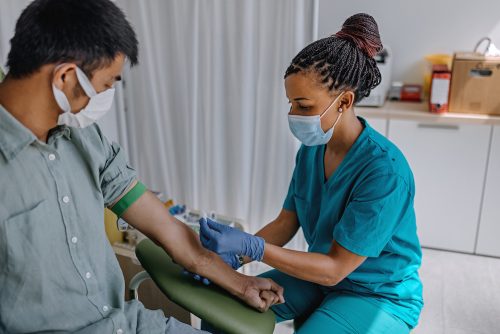
¿La sangre donada es un regalo o una mercancía?
-
A U.S. territory 40 miles east of Samoa that consists of seven islands and atolls.
-
The study of “everything human”; consists of archaeology, biological anthropology, cultural anthropology, and linguistic anthropology.
-
The customary norms, values, beliefs, rituals, and traditions of a social group that are handed down to succeeding generations.
-
A scientifically inaccurate theory that strives to select and reproduce desirable hereditary characteristics in order to improve future generations.
-
(1858–1942) A German-born American anthropologist who founded the relativistic, culture-centric American anthropological school of thought that developed as a dominant 20th-century paradigm.
-
(1901–1978) A renowned American cultural anthropologist who studied under Franz Boas and who wrote several noteworthy works, beginning with Coming of Age in Samoa, about gender, sexuality, and motherhood; Mead became a famous public figure through her writing and radio and TV appearances and was also known for her commentaries on race relations, environmental protection, and nuclear nonproliferation.
-
A research methodology in which the researcher is immersed in cultural activities as both a participant and an observer.
-
A Polynesian island country consisting of two main islands and several smaller islands and officially known as the Independent State of Samoa; “Samoa” can also be used to describe both the Independent State of Samoa and American Samoa, including its culture and people.
-
The branch of anthropology that deals with human culture, specifically social structure, language, law, politics, religion, art, and technology; many sociocultural anthropologists document the meanings humans make of the different worlds they inhabit.
- Anthropology is the study of the development of human biology, language, material objects, society, and culture. Discuss with students the four fields of anthropology: archaeology, biological anthropology, cultural anthropology, and linguistic anthropology.
- Modern anthropology has its roots in 18th-century Europe, as part of the cultural movement to advance knowledge and reason. Lead a discussion about the history of the science.
- Explore how anthropology, as in other sciences, is continually evolving, and anthropological theories that were once considered sound have changed or been rejected as anthropologists gain more information.
- Margaret Mead was a student of Franz Boas, who is credited as the “father” of modern American anthropology and who famously advanced the theory of cultural relativism.
- In 1925, Mead traveled to American Samoa to explore how culture and biology can impact the experience of adolescence. Discuss with students how she sought to discover if adolescence was as traumatic and stressful there as it was in the United States or whether it is culture that shapes the experience.
-
Garver, Kenneth L., and Bettylee Garver. 1991. “Eugenics: Past, Present, and the Future.” American Journal of Human Genetics 49 (5): 1109–1118.
-
Rubin, Vera. 1979. “Margaret Mead: An Appreciation.” Human Organization 38 (2): 193–196.
-
Willis, Matthew. 2019. “The Life and Times of Franz Boas.” JSTOR Daily, December 1.
- In her book, Coming of Age in Samoa, Mead describes her research method as “speaking their language, eating their food, sitting cross-legged upon the pebble floor. I did my best to minimize the differences between us.” This type of participant observation was a relatively new method at the time. How do you think this approach helps reveal a culture and its dynamics? What are this method’s limitations?
- In your own words, define anthropology.
- How has anthropological research helped people from different parts of the world understand cultures and societies that are not their own?
- Watch the video An Introduction to the Discipline of Anthropology under Additional Resources. Create a timeline with four points that summarize the development of anthropology. Describe each point and how it has helped anthropology evolve.
- In a two-page essay, explain how Mead’s methods in American Samoa differed from those used prior to that period and how they impacted future anthropological study.
- An anthropologist from the mid-19th century is debating with an anthropologist from the early 20th century. Explain one point of likely disagreement in how each of them compares societies. You may use “History and Branches of Anthropology” in Additional Resources as a reference.
-
Article: National Geographic’s “History and Branches of Anthropology”
-
Book: Margaret Mead’s Coming of Age in Samoa
-
Book: Paul Shankman’s The Trashing of Margaret Mead
-
Film: Frank Heimans’ Margaret Mead and Samoa
-
Video: Macat iLibrary’s An Introduction to the Discipline of Anthropology
-
Video: Alan Macfarlane–Ayabaya’s Coming of Age: Margaret Mead
Aimee L. Richards, Freedom Learning Group
Adolescence as a Social Category
